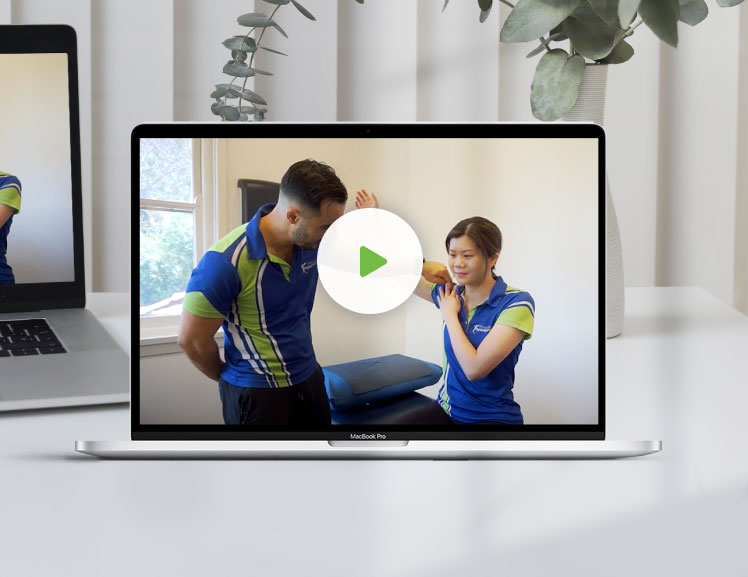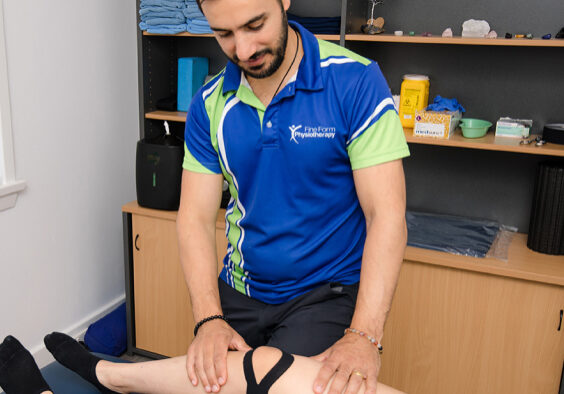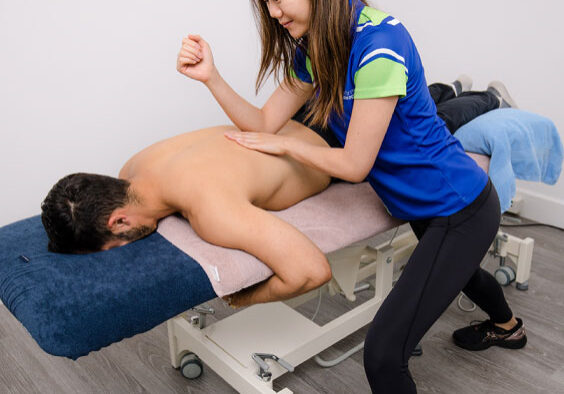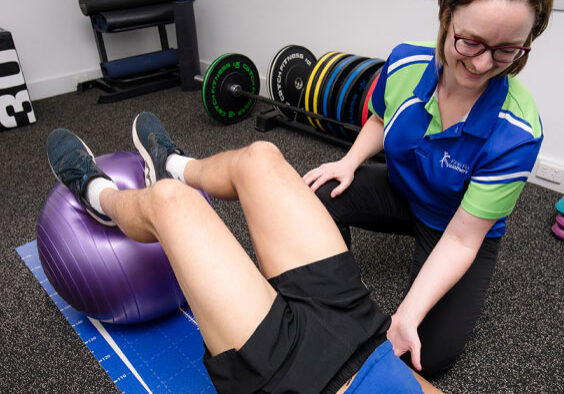Common Problems: Why does my neck hurt?
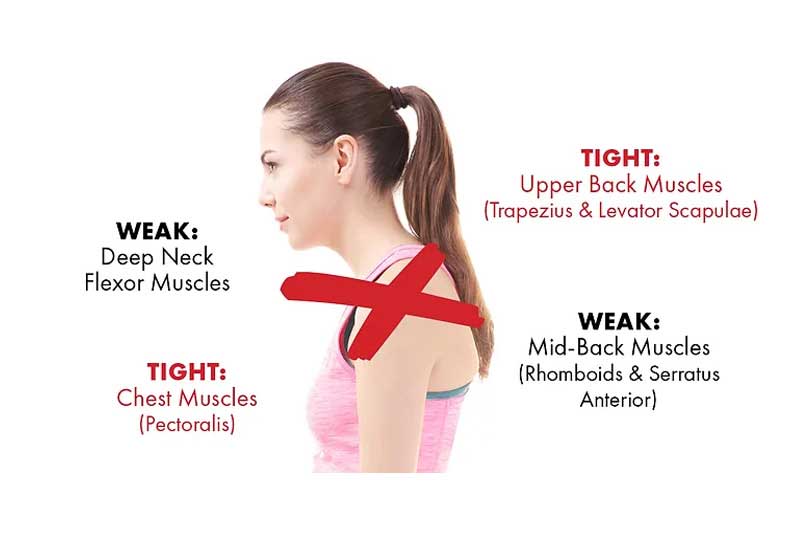
This month at Fine Form Physio we take a look at Neck Pain.
Why does my neck hurt?
1. Too much screen time!
When you’re constantly looking at your phone with your head in a hunched position, it can put a huge strain on your neck muscles. The head weighs around 10 pounds in neutral position, and for every 15 degrees forward adds another 15 pounds to your neck! In the long run, you may develop ‘Upper-Crossed Syndrome’, where the muscles of your chest and upper back become tight, and the deep neck and mid back muscles become lengthened and weak. A stiff neck and upper back is the culprit of neck pain for many!
2. Lifting too much, too often or too quickly!
Perhaps you’ve lifted a weight too abruptly at the gym, cleaned your windows too vigorously, or carried a huge bag of groceries for too long and ended up with a sore neck. Lifting loads in a way that your body is not ready for overworks the muscles of the neck and upper body. As these muscles become tense and overactive, neck movements may become restricted and painful. Soft tissue releases can help relieve tightness in muscles, while a progressive strengthening programme can condition your body to lift in a smooth and controlled manner, preventing the recurrence of neck pain linked to overactive muscles.
3. Sleeping with an awkward neck position
Sleeping in a poorly supported position can cause an acute wry neck. When the neck is held at an uncomfortable angle for a prolonged period of time, small muscles and ligaments of the neck become overstretched. As a protective response, neck muscles tense up and you end up waking with a sore and stiff neck. A physiotherapist can assist with reducing neck pain and restoring joint movement through manual therapy techniques and targetted neck mobilisation exercises.
What can I do to relieve neck pain?
-
Self massage with a spikey ball over your upper traps and chest
-
Mobilise your neck and upper back. The cat-cow stretch and the thread-the-needle exercise can restore movement of the neck and upper back
-
Squeeze your shoulder blades for 20 seconds thrice a day, to counteract a slouched posture by opening up your chest and strengthening your mid back muscles
How can Physios help?
Physiotherapists are skilled at identifying the source of your neck pain. By pinpointing the origin of your neck problem, we can treat your neck pain by:
-
Reducing muscle spasms with manual therapy, myofascial release, dry needling and taping
-
Flexibility exercises to improve the mobility of your neck and upper back
-
Tailoring exercises to target postural muscles and upper body strength
-
Prescribe you with a pilates programme to fine-tune your movement patterns
We also provide recommendations on postural, exercise and lifestyle changes to ensure your neck stays healthy and pain-free!
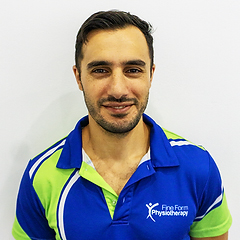
A highly successful physiotherapist with 14 years experience. He has a passion for caring and helping everyone in the community. Ken’s love for his community has seen him work with elite and professional athletes as well as being head physiotherapist for local soccer and rugby clubs and Ryde Little Athletics. He has a postgraduate certificate in Sports Physiotherapy. He is currently studying a Bachelor of Psychology – intending to specialise in chronic pain management, sports psychology, addiction, stress, anxiety and depression. Ken is passionate about athletics and specialises in sprinting and long jump. He can be seen not only on the local athletic tracks but pop in and see him at our amazing Sports Performance Studio also. In his spare time Ken enjoys running, strength training, meditation and reading. He also has three young children to keep him busy.
